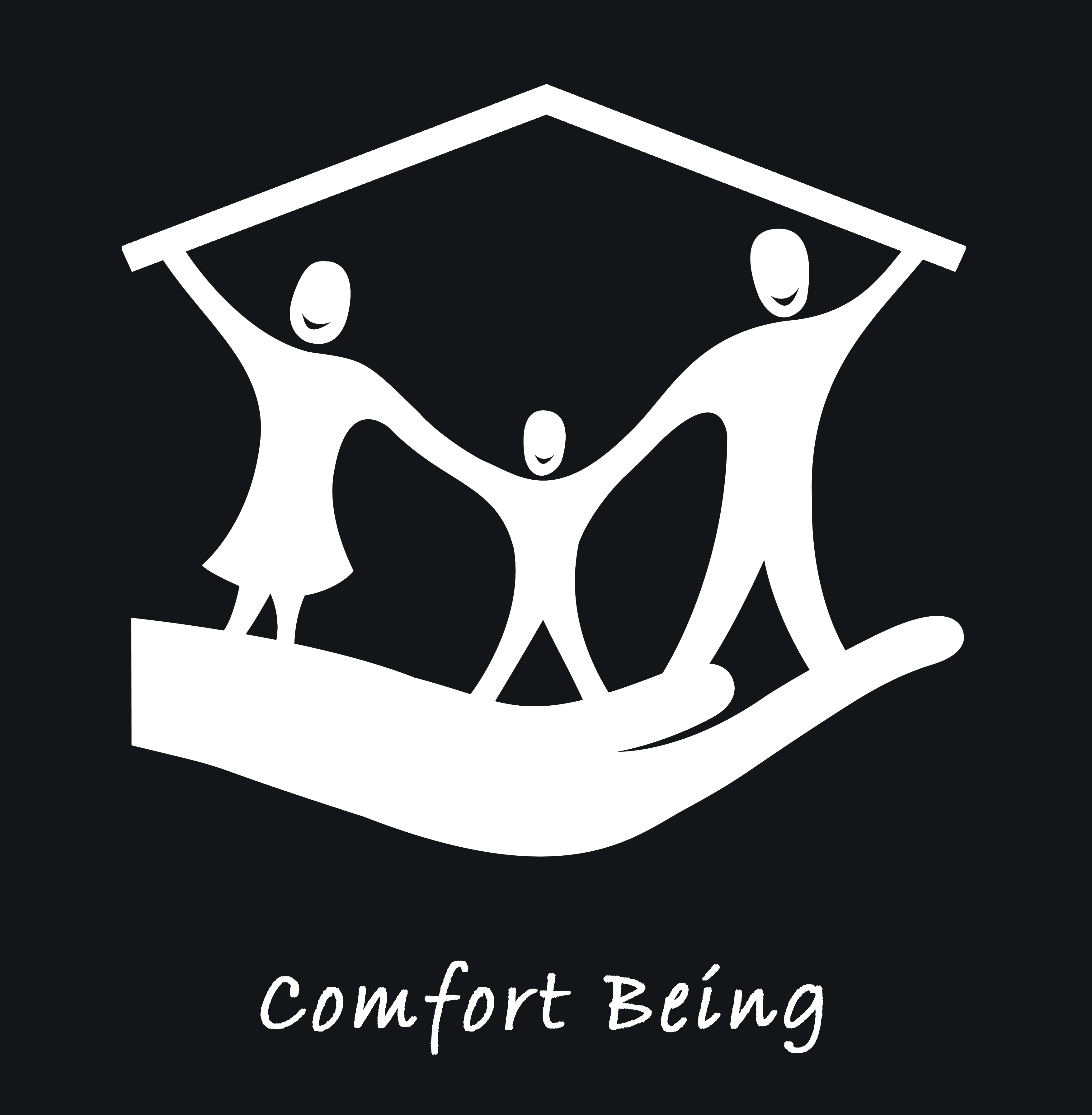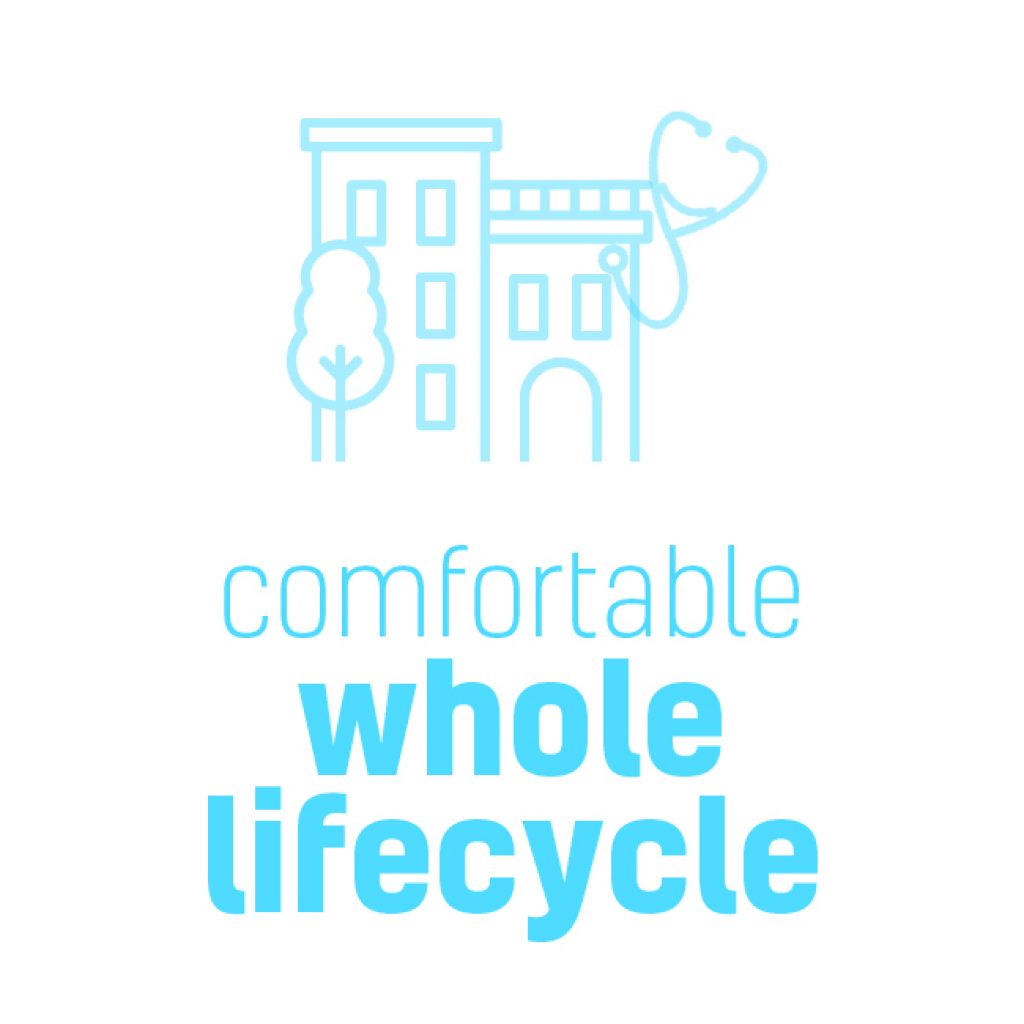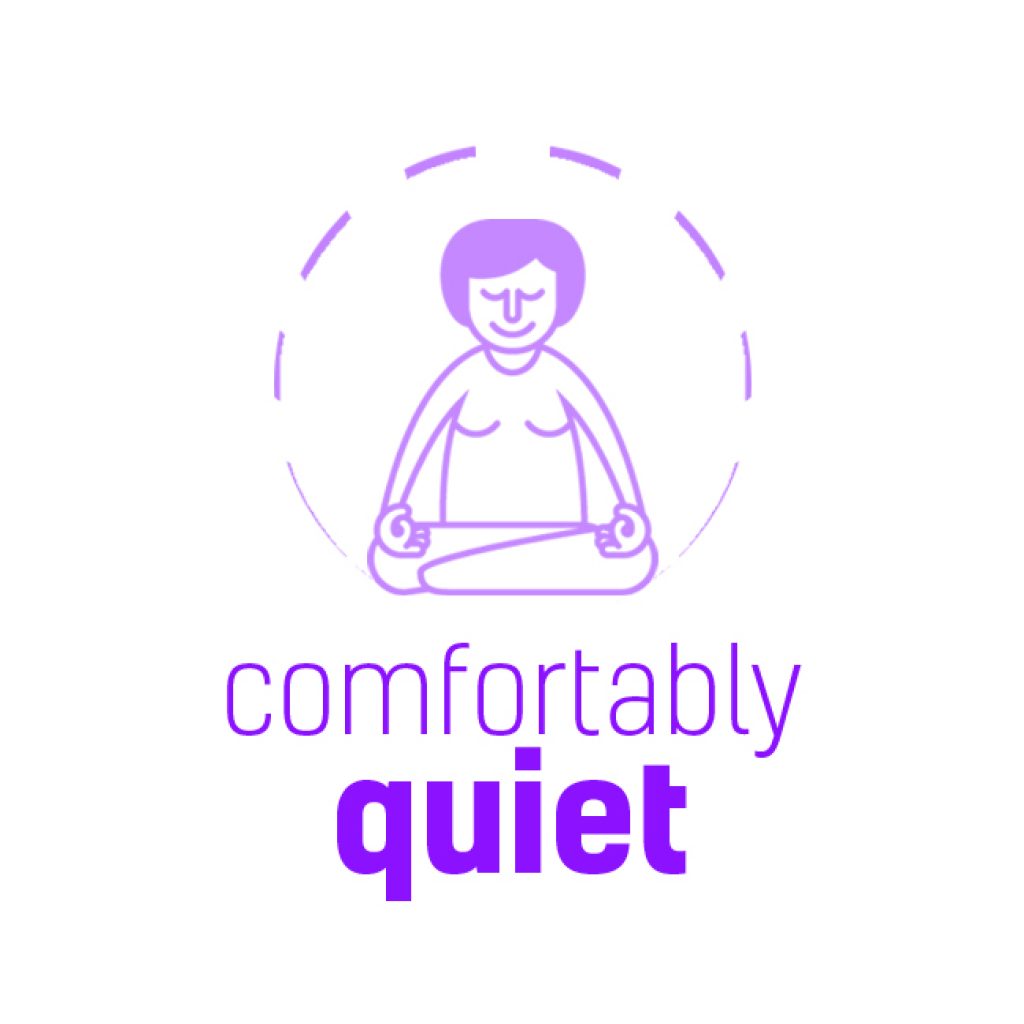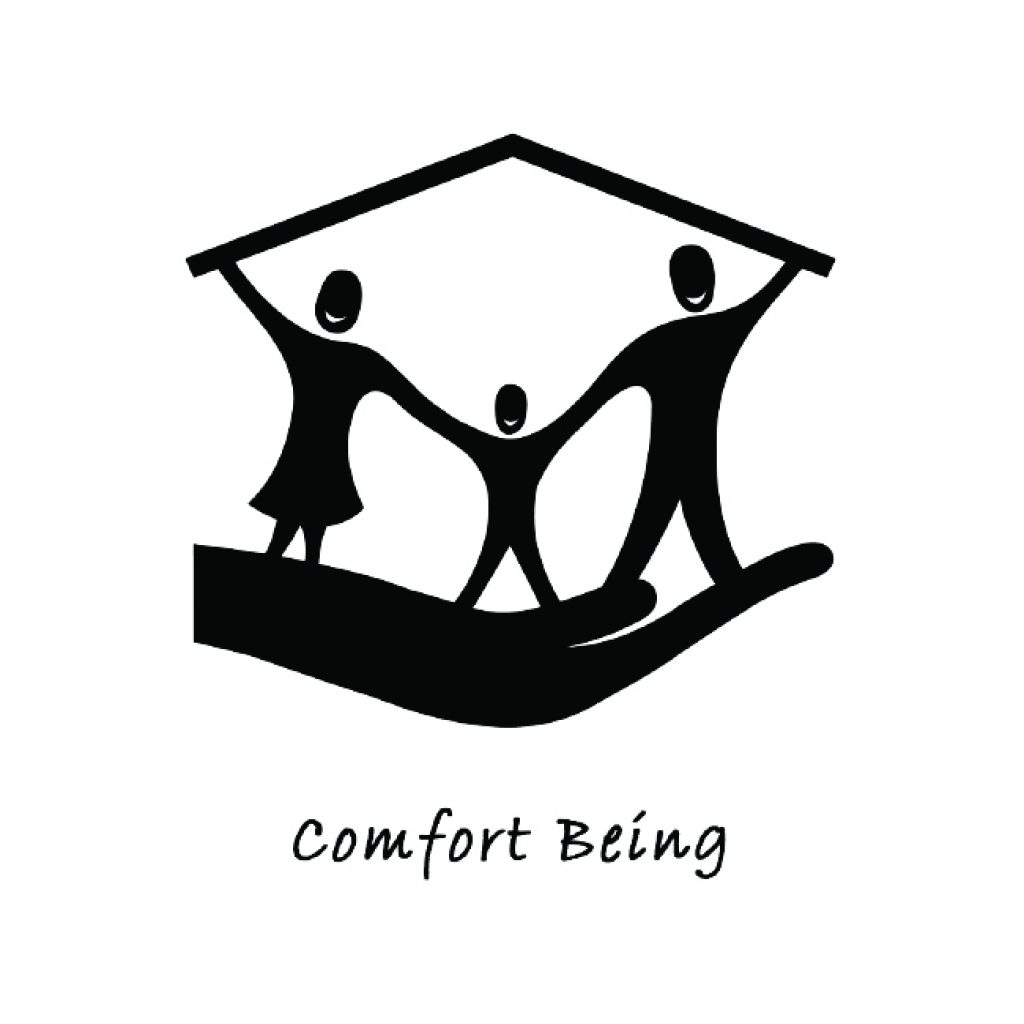Thermal Bridge Free Design

There is a temperature difference between the external atmosphere and internal environment. It is a natural phenomenon where hot air which is lighter moves up and cold air replaces in its place. Heat always transfers from the warmer side to the cooler side. It is also observed that the air always flows from high pressure to areas of low‐pressure to neutralize the differences. The spot where the heat leaks is most likely where a thermal bridge exists.
There are several ways in which there is heat gain in a building and one of the major factors is thermal bridge. Almost 30% of the energy loss in building can be attributed to thermal bridging. It occurs when there is high thermal conducting material in the building construction like steel or stone, it forms a thermal bridge that allows for quicker heat transfer, where it is loss or gain.
During summer season heat from the exterior transfers to the interior and increases the cooling load. This can be prevented by avoiding thermal bridges in building design, easily taken care of in a Passivhaus. Thermal bridging must be avoided by carefully paying attention to details during design and construction.
In Passivhaus standard thermal bridge free design is essential to provide high performance building with energy efficiency and user comfort. These standards are put to test after construction. Every penny invested sees it’s worth with a Passivhaus.
3 useful links.
- How can we design a thermal bridge free building without knowing what it is? Definition and effects of thermal bridges.
- What defines a thermal bridge free design and how it improves the construction detailing substantially?
- Thermal Bridges occur in specific junctions. ‘The PH+ guide to thermal breaks’ sheds further light on it.
If you require design or consultancy on your project to avoid thermal bridges, you know how to contact us.
Posted on 5th Oct, 2020
Building Science and the Prevention of COVID-19

Ventilation is an important factor in preventing the virus that causes COVID-19 from spreading indoors. WHO recommends an increased ventilation rate through natural or mechanical means, preferably without recirculation of the air (filters should be cleaned regularly). However, REHVA advises avoiding central air-recirculation and closing the recirculation dampers, even if there are return air filters. As the REHVA guidance says, filters don’t normally block viruses. The alternative hygienic solution would be to supply 100% fresh air without recirculating it. Passive House building enables supply of 100% fresh air economically. We spend 85-90% of our time indoors, which means that air quality needs to be exceptional. We can no longer afford to ignore how unfiltered and polluted air poses a threat to our health. Even after the pandemic has passed, it is key to focus on clean air solutions in all indoor spaces, be it office, homes or other commercial spaces.
To know more click here. Architect Justin Bere has highlighted the risks of air recirculation and suggested a list of action for architects to tackle the Covid-19 situation.
Passivhaus prevents the spread of viruses like Covid-19 (and alike). Through mechanical ventilation and by meeting filtration performance standards. During this pandemic hospitals have turned into safe havens for everyone. It is also a high risk place for the patients and front-line health workers. Recirculation of air through existing Ac ducts is not viable anymore. We encourage hospitals to reconsider and adopt Passivhaus construction methodologies. This strategy can also be used for existing structures.
Under current climatic conditions and changing lifestyles, deforestation and establishment of living colonies encroaching other habitats are here to stay. Interaction with livestock increased meat consumption brings the viruses closer to us. In such times of environmental distress, we truly believe passivhaus is the safest place to bring up kids and take care of the elderly.
To know more about how the Building science involved in Passivhaus, click here.
“We can still do it!”, in the words of Professor Wolfgang Feist. Watch his press release here.
Posted on 29th Sept, 2020
GET IN TOUCH!!!

From any basic question to complex enquiries we’re here to help.
Passivhaus in India
India has a very high demand for energy consumption and Passivhaus seems to be the perfect answer.
Our poster discusses experiments being carried out to research and reduce construction costs in India. Progress is ongoing to explore methods of small scale manufacturing to compensate for the lack of locally sourced suitable building materials with low embodied carbon.
To know more do check our Poster at
IPHC Virtual event :https://passivehouse-international.org/
For Promo Codes, Please contact us.
Posted on 18th Sept, 2020
COMFORT and INSULATION

Comfort.Comfort..Comfort…
Using insulation and paying for it in order to meet the building regulations is just not the answer for better COMFORT levels in a building.
Continuous insulation for the entire thermal envelope that is followed in the Fabric first approach to achieve the Passivhaus Standard provides higher levels of comfort in any type of building.
For further details: Passivhaus Insulation_Good Practice Guide
Posted on 30th May, 2020
THE ROLE OF PASSIVHAUS PRINCIPLES TO IMPROVE COMFORT IN THE TROPICAL CLIMATIC ZONE
A research was carried out to identify the hierarchical importance of key issues for passivhaus buildings in the tropical wet and dry climate of Bangalore, India. It discusses low-energy building concepts to meet the substantial need for high levels of comfort in this region. The threatening rise of temperature due to climate change has led to rising concerns in the past few years. The exploration of passivhaus principles is carried out to ensure comfortable stay indoors for people through passive alternatives rather than their complete dependency on artificial cooling.
The behaviour of the case study building is optimized through PHPP calculations to measure the changes of various key issues based on the climate data of 2015. The U-values of all elements of the building is improved by introducing insulation and air tightness layer externally to the existing structure. It is observed that shading, double-glazed windows and elimination of thermal bridges play a vital role to promote passive cooling techniques and reduce overheating, thus lowering the space cooling demand.
A crucial aspect for passivhaus buildings in tropical climates is to control humidity along with a balanced ventilation system. Supply of fresh air is introduced to by-pass pre-programmed temperature and humidity cut-off limits. When it exceeds this threshold, additional dehumidification and cooling units will be switched on automatically during certain months of the year. The efficiency of passivhaus design process for the tropical climate is enhanced by following the hierarchical order of key principles analyzed through this case study.
Some of the usual assumptions and standard design strategies used for decades in this region prove to be invalid with changing climatic conditions. Opening of windows for cross ventilation based on old beliefs increase the internal load due to high humidity and rising temperatures. Passivhaus reduces this load by using balanced ventilation system with minimum dependency on mechanical cooling.
Human experiences of thermal comfort depend on their most recent experience amongst other factors including clothing and activity at the time. Bangloreans among other Indians are acclimatized to feeling comfortable in temperatures higher than 27°C while adapting to temperatures in high thirties and forties in the past decade. Setting an increased threshold for overheating in accordance to the levels of acclimatization for the region is considered to design comfortable indoor environments for the tropical climates.
Essential requirements for human comfort, design recommendations for passivhaus buildings and the hierarchical importance of the key passivhaus principles will be presented for typical buildings in the tropical climate zone based on the case study.
This paper can be accessed here. We are seeking further research opportunities and funding for the extension of the concept into Indian soil.
Presented on 29th April, 2017
New Branding by our marketing partners!
Join us on this NEW journey in this BLOG space…
Ask the questions you have and we will endeavour to answer them.
Let’s simplify passivhaus together!
Watch out for updates in this space…
Updated on 29th October, 2019







